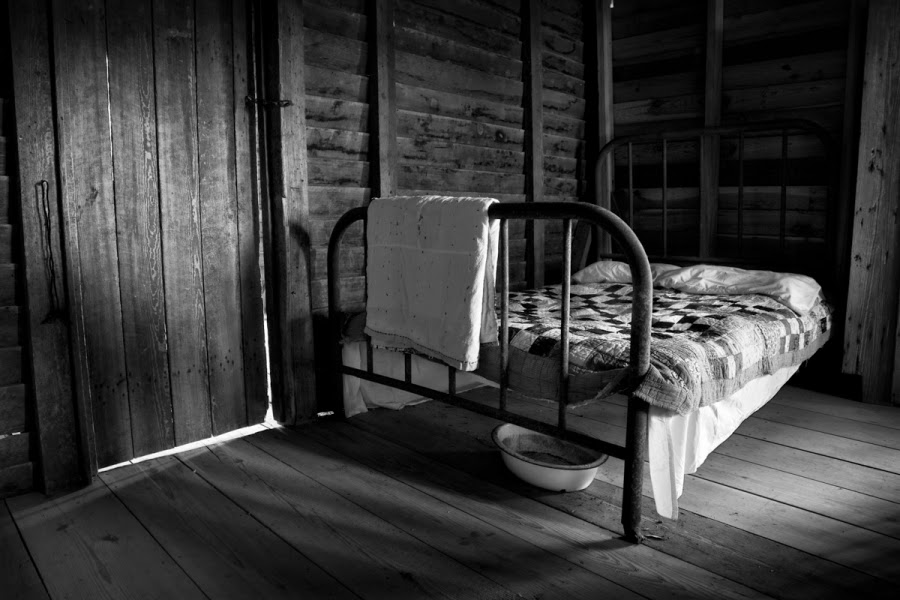In the arts, people can be doing brilliant work right around the corner, but you might not know it unless you move in the same circles or have the right set of friends.
Here is an example. I've learned about Knoxville, TN-based photographer Baldwin Lee, who has been photographing in the American South since the early 1980's, only because he has been featured in a story by Mark Steinmetz in Time's Lightbox blog, here, for work from his Black Americans in the South portfolio.
Lee's work is a revelation.
Lee's career is grounded in early study with masters of American photography, including Minor White at MIT in the 1970's and then with Walker Evans at Yale, where Lee received his MFA in photography in 1975.
He first began to photograph in the American South in the early 1980's while on a cross-country photo trip with former classmate at Yale Philip Lorca-DiCorcia.
I'd love to know what photographs Lorca-DiCorcia took whole traveling in the South with Lee.

Lee then moved to Knoxville, TN to start a program in photography in the Art Department at the University of Tennessee, where he worked for 30 years, produced several major bodies of work, and wrote a manuscript In Consideration of Photographing in the South, from which Steinmetz quotes in his piece for Time.
Along the way, Lee picked up two Fellowships from the National Endowment for the Arts (1984 and 1990) and a Fellowship from the Guggenheim Foundation (1984).
Lee's work has not gone entirely unnoticed.
He has photographs in the permanent collections of the Museum of Modern Art, the University of Michigan Museum of Art, the University of Kentucky Art Museum, the Yale University Art Gallery, the National Trust for Historic Preservation, and the Museum of the City of New York.
Back in 2012, from February to August, Lee had a career retrospective show at the Chrysler Museum in Norfolk, VA, entitled The South in Black and White: Photographs by Baldwin Lee for which the Chrysler Museum did extensive background interviews with Lee, which you can find here, here, here, here, and here.
Steinmetz says that Lee's manuscript discusses his history as a student and practitioner of photography, including his relationship with Walker Evans. Lee also recounts his experiences as an Asian-American photographer working chiefly with folks in the African-American community in the American South.
Steinmetz gets it right when he says that Lee's work "is the result of a keen talent and intellect working with discipline, passion, concern, and risk."
Lee is definitely a Southern Photographer We Honor. So glad to have made his acquaintance.
Steinmetz goes on: "Baldwin Lee’s inspired work from the mid-1980s deserves to be known by a larger audience.
"The neglected world he describes has perhaps vanished by now, but it is my hope that his unique images along with his words will find a publisher and enrich our understanding of what photographers do."
I completely concur, and will try to do my part. This is fine work!
And while we are on the subject of the South's complex and tangled history, there is a story in the NY Times this week on the first Museum of Slavery in the USA, to be found in a plantation in Louisiana -- a story not to be missed, and its here.













































